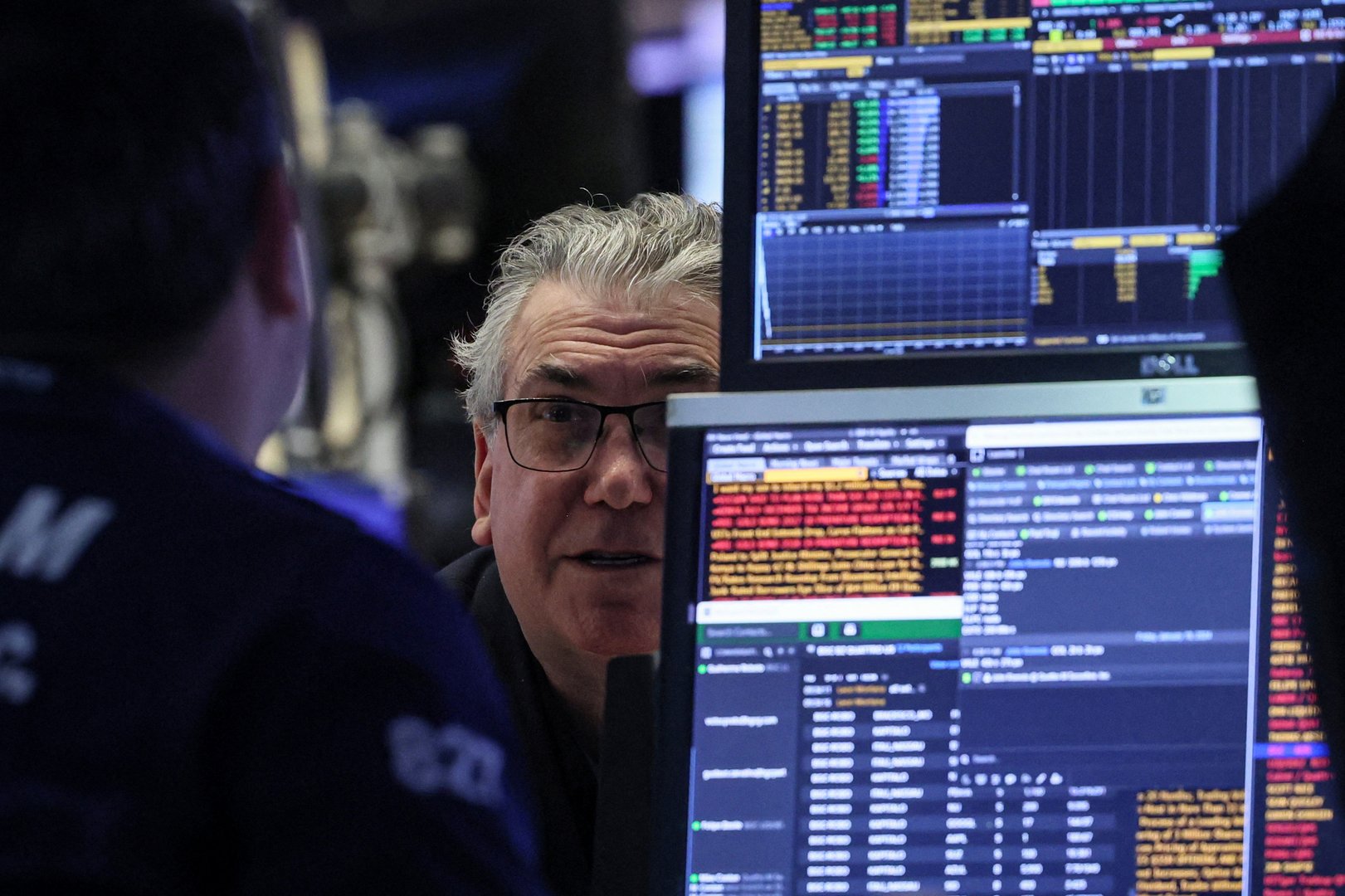Wall Street in Turmoil: A Week of Tariff Whiplash
Discover how Wall Street navigated a storm of tariff-induced volatility, with traders grappling with historic market swings and policy unpredictability, causing both fear and relief.
Published April 12, 2025 - 00:04am

Image recovered from cyprus-mail.com
This past week on Wall Street has been marked by an extraordinary level of volatility and uncertainty, largely driven by President Donald Trump's unexpected tariff policies. Traders and investors have been thrust into a tumultuous environment, scrambling to devise strategies amidst the chaos.
The drama began with the announcement of expansive tariffs on April 2, which sent shockwaves through the financial markets. The S&P 500, a benchmark index, experienced a significant downturn, veering on the edge of a bear market as investors braced for a potential economic downturn. Trump's tariffs, which would effectively heighten US trade barriers to unprecedented levels, initially incited a wave of panic, reminiscent of past market crises.
The Cboe Volatility Index, often referred to as Wall Street's 'fear gauge,' surged to its highest peak since the COVID-19 pandemic emerged five years ago. This surge underscored the heightened anxiety permeating the markets as traders grappled with the consequences of escalating trade tensions.
In a surprising turn of events, Trump announced a temporary reduction in tariffs on dozens of countries, apart from intensifying pressure on China. This announcement prompted a remarkable rally, with the S&P 500 climbing nearly 10 percent in a single day - a rebound not seen since October 2008. The rapid policy shifts turned trading floors into epicenters of stress and strategy.
Joe Tigay, a portfolio manager at Rational Equity Armor Fund, compared the current scenario to the extreme market fluctuations seen during the initial COVID-19 lockdowns. Despite the stress, some market participants found excitement in navigating such volatility, with traders like Chris Murphy of Susquehanna Financial Group highlighting the headline-driven nature of the current market swings.
Clients of financial firms, understandably apprehensive, sought frequent updates from their advisors as market losses accumulated. Gina Bolvin, president of Bolvin Wealth Management Group in Boston, emphasized proactive client communication to assuage fears, while personally investing during market declines to reassure nervous investors.
Despite the relief rally, caution remains paramount. Observers emphasized that the market is still fragile and US policy is unpredictable. Mark Hackett, chief market strategist at Nationwide Investment Management Group in Philadelphia, noted that despite promising negotiations, significant uncertainty persists.
The concept of a 'Trump put' has resurfaced in investor speculation. This notion suggests that Trump might reverse policy if markets falter, as seen with the recent bond market tumult that peaked on Wednesday, leading to a major spike in Treasury yields. Analysts like Talley Leger of The Wealth Consulting Group opined that Trump's actions reflect a desire to avoid a bear market and prevent a recession.
However, the ongoing unpredictability surrounding tariff policies clouds the economic outlook. The back-and-forth policy shifts could have lasting impacts on corporate planning and consumer behavior. Alex Morris, chief investment officer at F/m Investments, cautioned that despite the temporary pause, long-term solutions remain elusive.
Deutsche Bank echoed these concerns, highlighting the enduring damage caused by policy uncertainty. The bond market also experienced dramatic swings, with a bruising selloff in US Treasuries as funds offloaded liquid assets to meet margin calls. Matt Orton, chief market strategist at Raymond James Investment Management, warned of potential risks in the Treasury market.
President Trump asserted that the bond market had recovered well after recent volatility, attributing improvements to his tariff adjustments. The White House also maintained that Trump's tariff strategy prioritizes American interests, seeking favorable trade deals in response to trade deficits.
While some investors expressed confidence in an eventual market rebound, the week's relentless string of losses and volatility proved challenging. Natixis's US chief economist, Christopher Hodge, anticipated some form of capitulation due to mounting financial pressure and economic forecasts.
The unprecedented market gyrations since the unveiling of Trump's tariff plan have been noteworthy. The S&P 500 experienced significant intra-day swings, including an 8.1 percent fluctuation on Monday and one of the biggest reversals on record by Tuesday. Wednesday's turnaround was even more dramatic, with a nearly 11 percent range, ranking among the largest in decades.
As Wall Street navigates this turbulent landscape, the need for strategic planning and adaptive responses remains critical. The week's developments emphasize the fragile balance between fear and relief in the ever-evolving world of financial markets.






